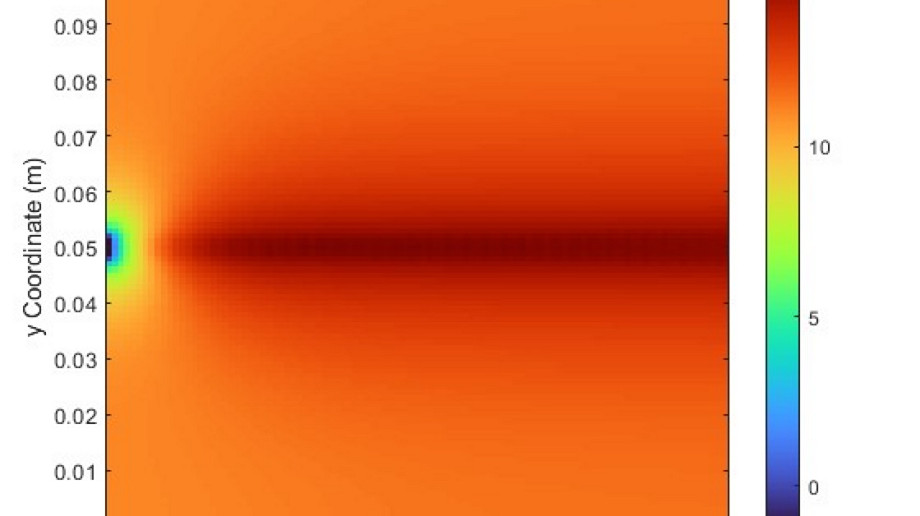
Gridded ion thrusters are a key electric propulsion technology for space missions requiring large velocity increments due to their high exhaust velocity and low specific impulse. Ion thrusters accelerate ions of propellant gas (e.g. argon or xenon) in an electric field between multiple perforated grids and thereby produce thrust by Newton’s Third Law. To prevent the build-up of space-charge density and ion turn-around, the ion beam must be neutralised by injection of electrons downstream from the thruster exit and conventionally this is achieved by a discrete neutraliser such as a thermionic grid or hollow cathode. These neutralisers require electrical power, consume propellant and may be the limiting factor in an electric propulsion system that must operate over thousands of hours throughout the life of a spacecraft – hence new research is now investigating neutralisation sourced directly from the ion thruster discharge chamber.
In this talk I will present the results of two particle-in-cell (PIC) computer programs that I’ve written to model the operation of my neutraliser-free ion thruster design. Firstly, a Full-PIC program that models both SuperIons and SuperElectrons as macro-particles indicates that neutralisation by this method is possible for low duty cycle ratios of a PWM waveform applied to the thruster gridset and that neutralising electrons are retained within the beam when there are low electric field strengths present. Secondly, a Half-PIC program utilising SuperIons and a continuous electron distribution by the Boltzmann Relation, shows that a stable plasma plume may be developed with continuous generation of charge-exchange current that is conducted to the spacecraft surface.
Spacecraft charging variables of sheath edge potential and spacecraft charging current are extracted by modelling the sheath and spacecraft system as an equivalent RC circuit. By system identification of the time response of these variables, a set of continuous time transfer functions (of 2nd or 3rd order) may be used to describe the thruster input current to sheath edge voltage output, or thruster input current to spacecraft charging current output, as the plant in a closed loop control system. These transfer functions describe the plume-to-spacecraft surface interaction and make possible the derivation of a PID controller used to counteract spaceraft charging and minimise the effects of disruptive charge perturbations.
Building:
160
Room:
4.03